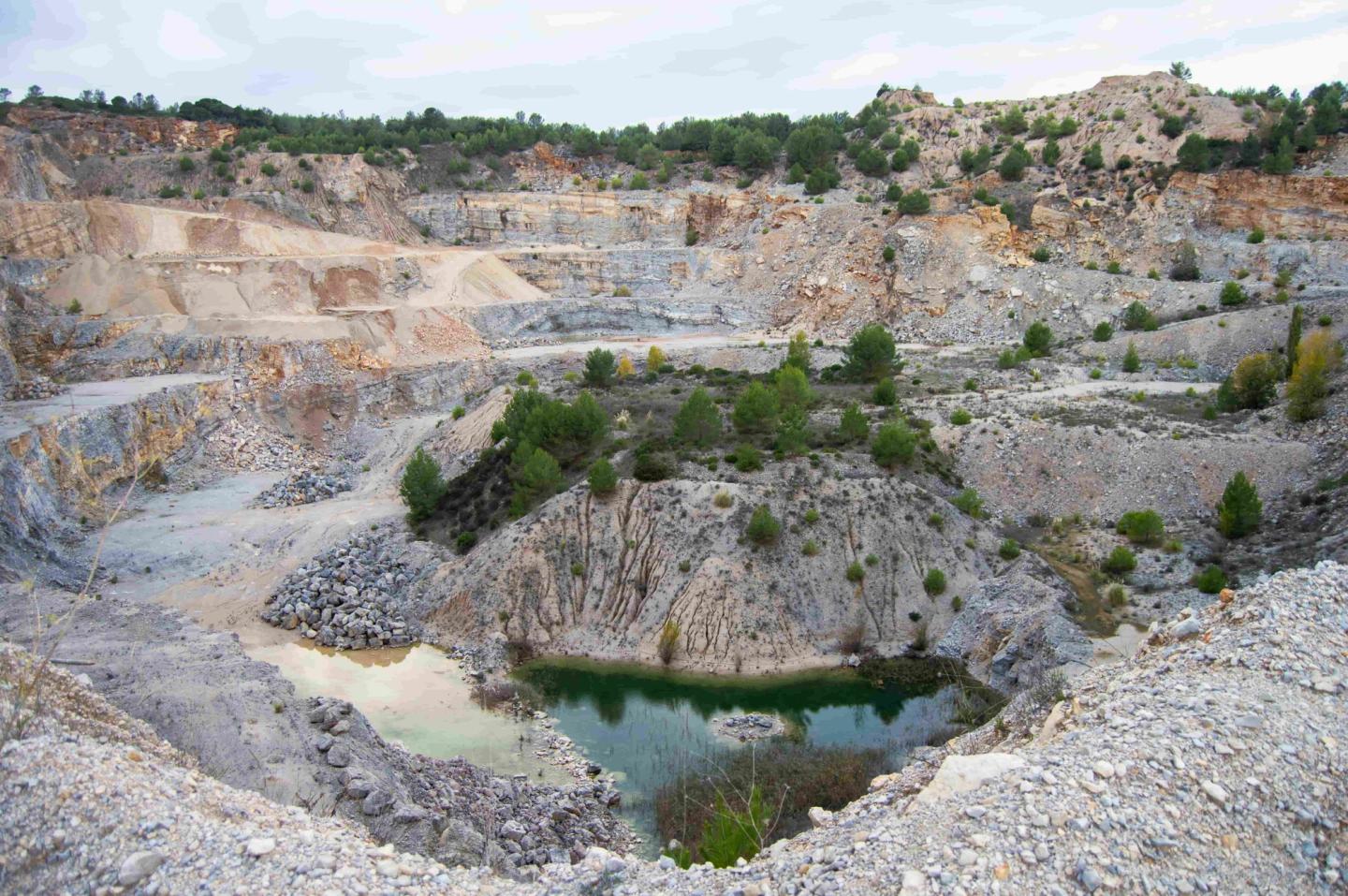

Have you ever felt the urge to taste soil? The desire to gather the vibrant remains of mountains, ancient stone formations, silicate bodies, and clay-like structures to snack on? Personally, I never had—until I attended Dr. masharu's captivating lecture on edible soil.
During the lecture, Dr. masharu introduced the Museum of Edible Earth (http://www.museumofedible.earth/), a fascinating and unique collection of edible soils gathered around the world. Meticulously curated by a team of artists and researchers, the museum showcases these findings through installations and artistic projects across the globe. The project is driven by intriguing questions, outlined on the museum’s website: “What stands behind earth-eating traditions? Where does edible earth come from? What are the possible benefits and dangers of eating earth? How do the material properties in earth affect its flavour?”1*
While the eating disorder 'pica' involves consuming what is not typically considered food; the boundaries of the edible become more complex when we acknowledge that soil consumption—termed geophagia—is a part of traditional medicinal practices in some cultures. In Chinese medicine, minerals like calcite and halloysite are commonly used to treat stomach and intestinal ailments; and in both Uganda and Suriname, consuming clay is a cultural and spiritual tradition. Though still largely under-researched, it is believed that eating certain types of clay helps regulate minerals in the body and boosts immunity.
Soil consumption is not without potential health risks, especially considering modern soil pollution from industrial and agricultural activities. Yet despite this, Dr. masharu lecture lingered with me long after it ended, and I was left wondering: Is there edible earth near my home, and what does it taste like? Is it beneficial? How should I eat it? Driven by curiosity, I was compelled to explore my surroundings in search of soils to sample. I focused on two distinct locations: a pine forest and an old, abandoned quarry. I figured these two sites would yield different types of soil, making the taste test more intriguing, as each might reveal unique flavours and characteristics.
From the forest, I foraged a bright dark brown soil that felt vibrant and energetic, with a slightly agglomerated texture and a moist feel. In contrast, the quarry soil—later identified as a mix of limestone and crushed gravel—was much sandier, with fine, powdery particles and a distinct yellowish-grey hue. How do I eat soil? I asked myself. My initial idea was to eat with my hands, but after a brief internal debate I figured that a proper way to experience these raw flavours—and one much more in the spirit of this endeavour—would be to create a particular “soilmmellier” experience (pun intended). So instead, I took a small teaspoon of each type of soil, arranged it on an organised and clean table, and started savouring their contrasting textures and tones.
They tasted different from what I expected. The forest soil was immediately astringent, with a smooth texture in the mouth and an aftertaste that reminded me of moist moss. The yellowish-grey soil, on the other hand, had a flour-like texture on the palate due to its finer grain, but its flavour was much more dull—almost dry with a faint saltiness, and oddly reminiscent of old bread crumbs.
I’m not an immediate fan of edible soil—perhaps I just haven't found the one that suits my taste yet. However, I was struck by the stark difference in flavour between soil collected from a thriving, living ecosystem and that from an exploited, human-altered one. Each evoked different memories and sensations, offering a unique, introspective connection to the landscape around me. It also made me reflect on new questions: What are the microorganisms in the quarry eating? Do they thrive in this human-made habitat? The answers are left open for you, the reader, to figure out. I would not advise you to try it yourself, but this experience deepened my curiosity and care for the ecosystems surrounding me in ways I hadn't anticipated.
References
1 - This information was taken from The Museum of Edible Earth website
This article is a contribution from one of the participants of The Gramounce Food & Art Alternative MA 2024-25. Their writing is inspired by one of our seminars, or responds to a similar field of interest within food & art.


João Pedro Soares is a filmmaker, writer, and researcher currently pursuing a PhD in artistic Studies at NOVA-FCSH in Lisbon. His doctoral research explores the intersection of ecology and contemporary Portuguese documentary cinema.
João is a participant of the 2024-2025 Food & Art Alternative MA (online), currently on a work-exchange with The Gramounce.
